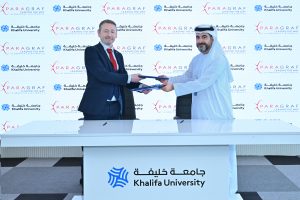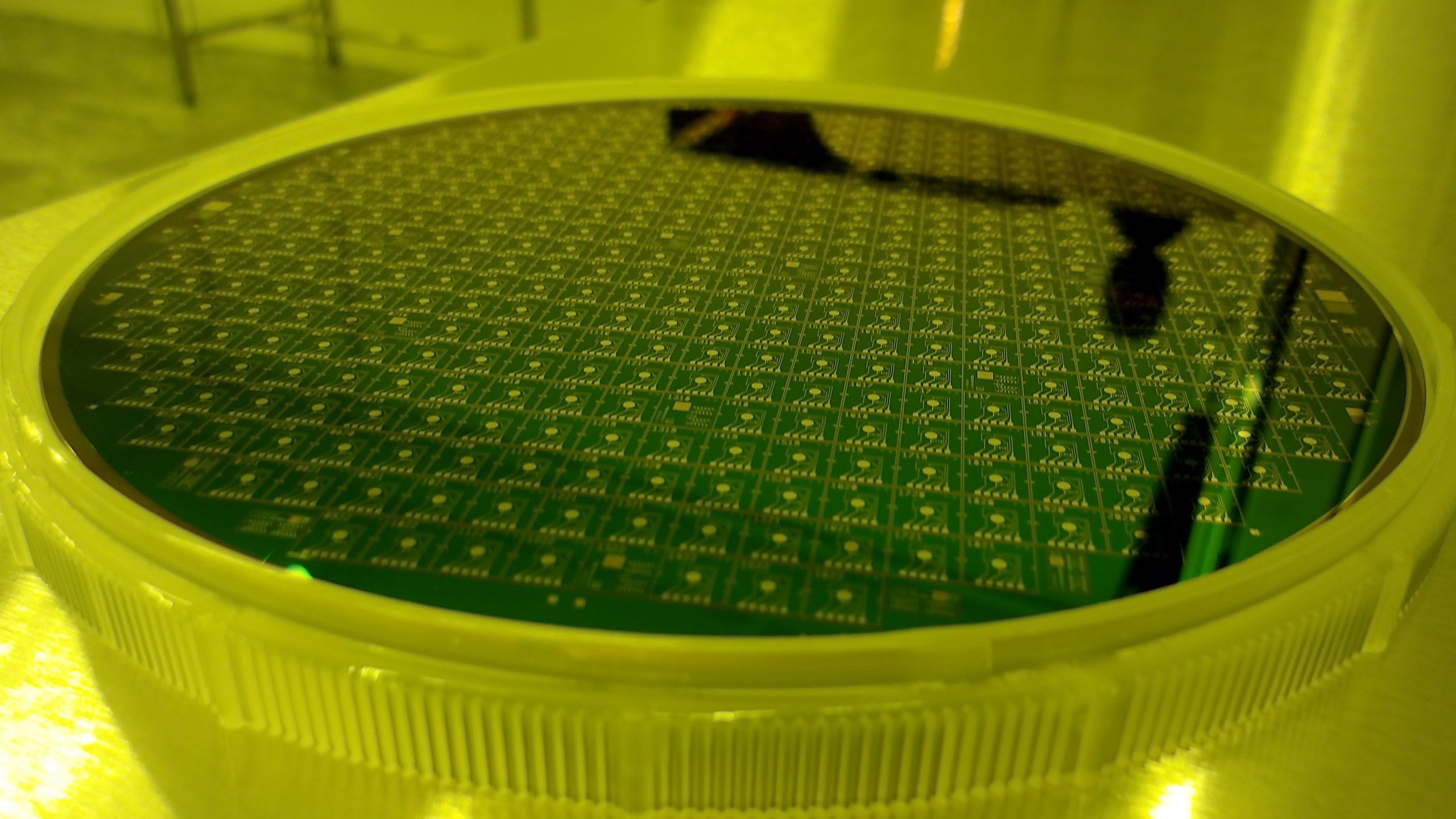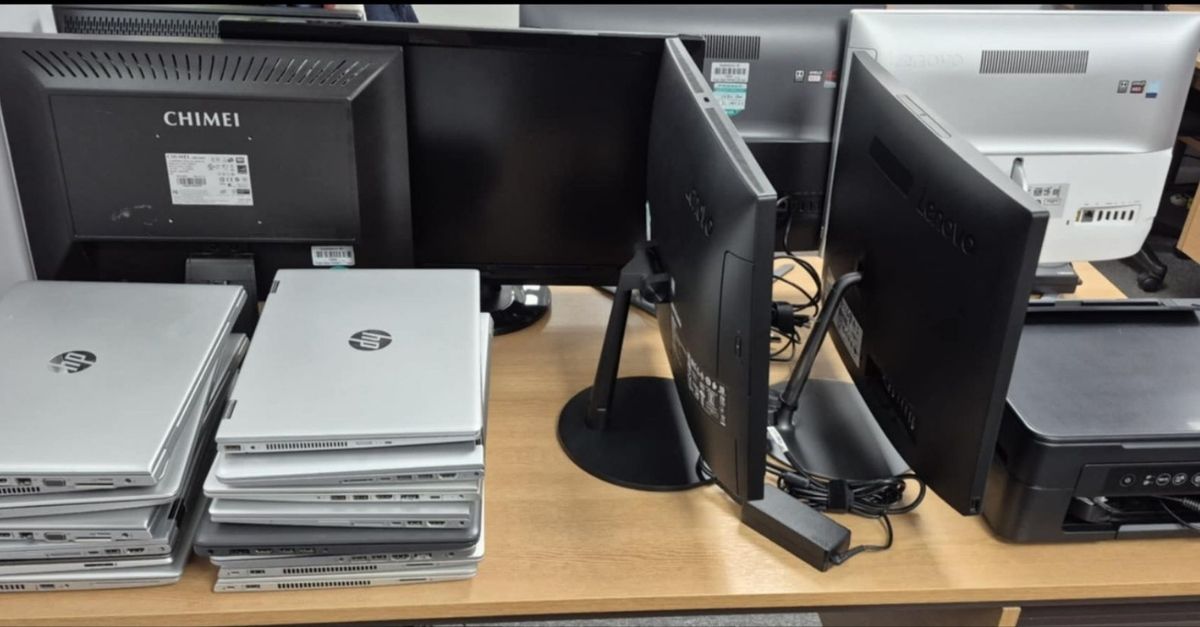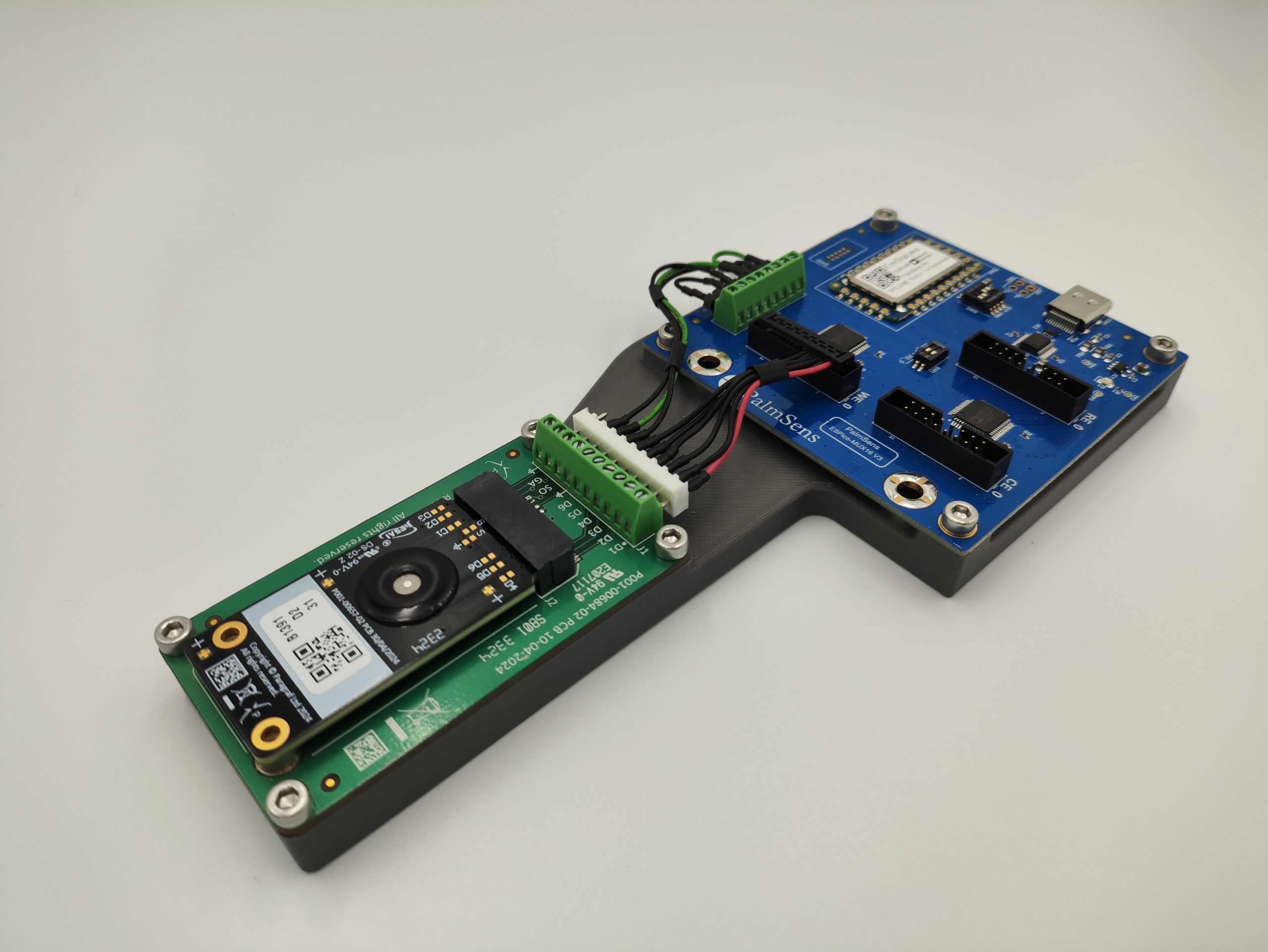I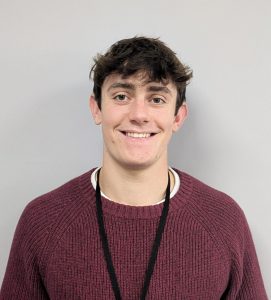 am a third-year student at the University of Oxford, pursuing an integrated Masters in Materials Science (MEng) and this summer I had the fantastic opportunity to work as a scientific intern at Paragraf.
am a third-year student at the University of Oxford, pursuing an integrated Masters in Materials Science (MEng) and this summer I had the fantastic opportunity to work as a scientific intern at Paragraf.
‘Wonder Materials’ such as graphene are what initially capture the imaginations of many future materials science students and inspire them to study this field. This was no different for me; I remember first hearing about graphene and its incredible mechanical and electrical properties during a GCSE physics lesson, only to be deeply disappointed when I got home and couldn’t order large sheets of pristine, single-layer graphene off the internet. Since graphene’s isolation in 2004, confirming it could exist stably as a 2D material, the challenge has been depositing large-area, high-quality graphene films in order to unlock its full potential. Therefore I was incredibly excited to contribute to the work being done at Paragraf, one of the first companies to successfully start integrating graphene into electrical devices and finally start taking advantage of this wonder material.
During my 11-week internship, I worked at their R&D site in Somersham on three different projects aimed at better understanding their devices and their production process to improve device yield and performance. My time was split between running experiments in the labs, carrying out data analysis and evaluating results. The projects and my work were integrated into the main research workflow and so throughout the internship I presented my work and conclusions in team meetings and had discussions relating to and influencing further work on my own and others’ projects. The work was made even more fascinating as it tied in with a lot of what I have studied at university on semiconductors and electronic structure courses, meaning I could apply what I have learnt and deepen my understanding.
My main project involved a lot of lab work on an X-ray Photoelectron Spectrometer – analysing a thin material layer integrated within a Graphene Hall Sensor device, aiming to characterise its chemical behaviour under different processing conditions. Key parameters such as atomic concentrations and stoichiometry required careful extraction from raw XPS spectra, demanding consideration of errors, graph fittings and possible interfering physical phenomena.
This summer internship has been an incredibly rewarding experience that has strengthened both my scientific and professional skills. Working alongside talented and supportive colleagues at Paragraf helped me tackle complex challenges and think more critically about research and development in an industrial setting. I’ve learned how to approach scientific problems methodically and how to communicate and collaborate effectively within a multidisciplinary team. My time at Paragraf has reaffirmed my enthusiasm for materials science and has given me invaluable insight into how cutting-edge research translates into real-world technology. I am extremely grateful to everyone at Paragraf for their guidance and encouragement throughout the summer, and I return to Oxford with renewed motivation and a deeper understanding of how materials science innovates and drives technological advancement.


